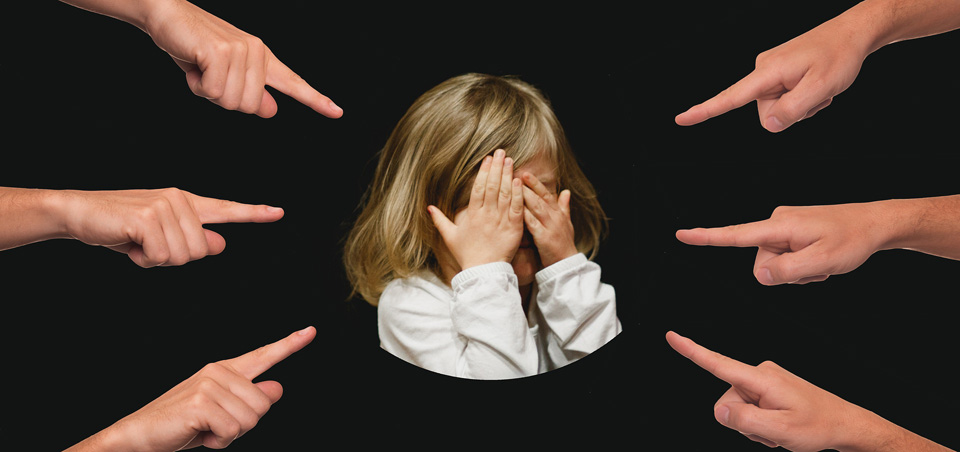Bullying. It's a heavy subject and one that's intensely scrutinized outside the classroom. Educators, parents, authors, researchers and politicians all have opinions about what it is and how to stop it.
But how do our teachers on the front lines identify it, deal with it and prevent it in the classroom while juggling the rigors of hundreds of everyday interactions? We gathered these simple and effective strategies to prevent bullying and successfully manage positive behavior in school.
Identify the Behavior
What is bullying in the first place? Stopbullying.gov, a federal Web site managed by the Department of Health & Human Services, defines it as unwanted, aggressive behavior among school children that involves a real or perceived power imbalance. It categorizes bullying into three types: verbal, social and physical.
But identifying bullying isn't always as easy as catching a big kid picking on a smaller one. “Poor grades, eating lunch alone, lateness or increased absence are key factors that bullying may be going on,” says engineering teacher William Jackson of Andrew A. Robinson Elementary School in Jacksonville, FL. Teachers need to be aware of tension, body language, withdrawing and lack of participation—not just yelling matches or fights in the hall.
Set Clear Expectations
Once the behavior is identified, teachers should set clearly defined policies against it. These policies can be individualized for a classroom, or teachers can follow guidelines established by the school, district or state. “Engage students in a discussion about appropriate, respectful behavior and then list these expectations,” says Amy Moynihan, a content manager for education research firm Hanover Research in Charlottesville, VA, and a higher education PhD candidate at the University of Virginia.
Display the rules, email them to parents, notify other students and model these expectations for your students, too. They need to see that the policies and procedures result in everyone being respected and treated fairly.
Encourage Communication
A learning process that incorporates sharing and questioning techniques helps develop consideration and empathy for those around us, making bullying less likely.
Create alternative ways for students to communicate about behaviors that are unwanted or bothersome, such as writing concerns on sticky notes that can be shared during a group discussion, having supervised private conversations, or allowing students to share their writing. Small-group and whole-class discussions are a great way to solve problems collectively, says secondary English teacher Carrie Deahl of Maryvale High School in Phoenix, AZ. “One strategy I use is Sentence Starters,” she says. Phrases such as “I see it another way,” or “I hear what you are saying, but...” engage healthy debate and allow students to develop problem-solving skills in a respectful way. These strategies “result in a strong, trusting community,” says Deahl.
Ignorance Is Not Bliss
Don't make the mistake of ignoring the problem. Allowing things to escalate between students can lead to issues like hazing and fighting and sends the message that bullying is okay at your school. And, Jackson adds, “teachers can be held liable for the inaction.”
The best approach is to deal directly with students, talk about the behavior, enforce the consequences and report the problem if it continues. “The bully needs to understand why the behavior is hurtful or damaging, and the teacher must make it clear that everyone is seen as equal and valuable,” Jackson says.
Claire Parker
Quill.com Contributing Writer


